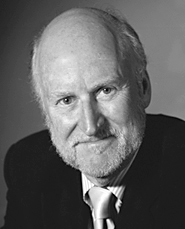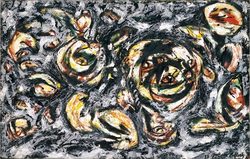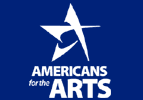Friday’s marvelous You’ve Cott Mail tipped me off to a very provocative conversation about
 experimentation in theater that’s going on simultaneously on two websites. The debate could easily apply to all of the arts disciplines.
experimentation in theater that’s going on simultaneously on two websites. The debate could easily apply to all of the arts disciplines.
It all began last Monday when the Lark Play Development Center* blog invited playwright Theresa Rebeck to write a post called “Can Craft and Creativity Live on the Same Stage?” The headline doesn’t really do her commentary justice, however.
 Here is what David Cote, writing on Time Out New York’s Upstaged blog, called “the money quote” from Rebeck’s essay:
Here is what David Cote, writing on Time Out New York’s Upstaged blog, called “the money quote” from Rebeck’s essay:
This is my worry, honestly: In the current environment, when young writers are being encouraged to stay away from anything “conventional” are we perhaps falling in love with a kind of playwriting that frankly just doesn’t work? Are we judging too harshly plays that do work? And how does the audience fit into this discussion? Does it?
To which I would add two questions Rebeck asks a little later in the essay
Do we think that theater is art only if people don’t understand it?
Can art be serious and popular at the same time?
Cote then revved up the intensity:
I would rephrase this as: Playwrights who don’t learn the fundamentals of story and structure default to experimentation. Or: Those who can’t do, experiment.
Thoughtful and remarkably civilized discussion is taking place on both websites — take a look.
Cote, smartly, also took the conversation into the visual arts realm, remarking:
[Read more…] about Does It Have to Be Experimental to Be Art?




